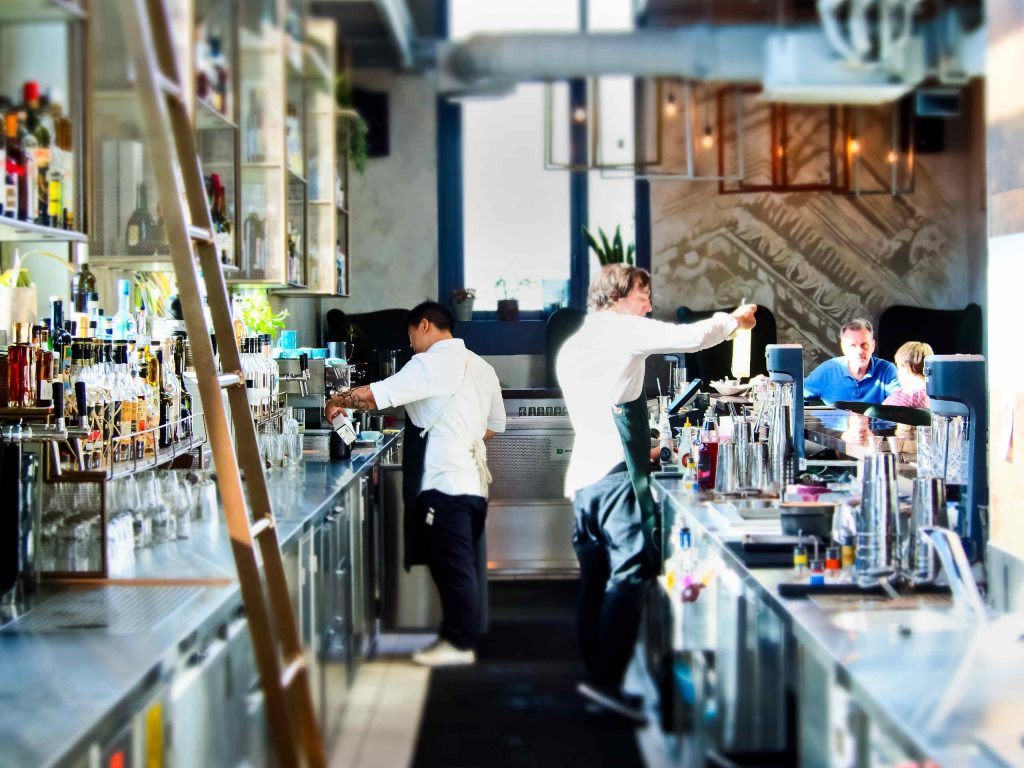
It is not only the exquisite cuisine that plays a role in the design of a successful restaurant. It’s not for nothing that they say “you eat with your eyes”, as the ambience and presentation of the dishes influence the taste experience. However, it is less well known that the ear is also involved in the dining experience. Acoustics play a decisive role in how comfortable guests feel in a restaurant.
Experts have determined that the average noise level in restaurants is 80 dB. However, this noise level can be reduced by up to 10 dB through various measures. A reduction of 10 dB corresponds to a reduction in background noise of an impressive 50%.
Good acoustics are a decisive factor for the well-being of guests in restaurants. By implementing appropriate sound reduction measures and careful interior design, restaurateurs can create a pleasant atmosphere and improve their guests' culinary experience. Consider these five tips for better acoustics in your catering business and let your guests enjoy themselves with their ears.

Wild vegetables are more than just a trend—they are a From pink cauliflower to Bimi® wild pak choi, these varieties open up new possibilities for restaurants, hotels, and fine dining. They taste milder, are colorful, rich in vitamins—and can be perfectly prepared in no time.
From micro martinis to butterfly pea lattes – the bar world is being turned upside down. International bar culture is experiencing a trend that may seem small at first glance, but has great potential: mini drinks, signature serves, and no & low options that deliver less glass but more flavor. Combined with a growing focus on sustainability, storytelling, and sensory experiences, a new playing field is emerging for bartenders. Genusspunkt asked Marie Rausch and Sigrid Schot, two of the most exciting women in the bar scene, for their thoughts and also summarized the latest ideas from the World’s 50 Best Bars.


It is not only the exquisite cuisine that plays a role in the design of a successful restaurant. It’s not for nothing that they say “you eat with your eyes”, as the ambience and presentation of the dishes influence the taste experience. However, it is less well known that the ear is also involved in the dining experience. Acoustics play a decisive role in how comfortable guests feel in a restaurant.
Experts have determined that the average noise level in restaurants is 80 dB. However, this noise level can be reduced by up to 10 dB through various measures. A reduction of 10 dB corresponds to a reduction in background noise of an impressive 50%.